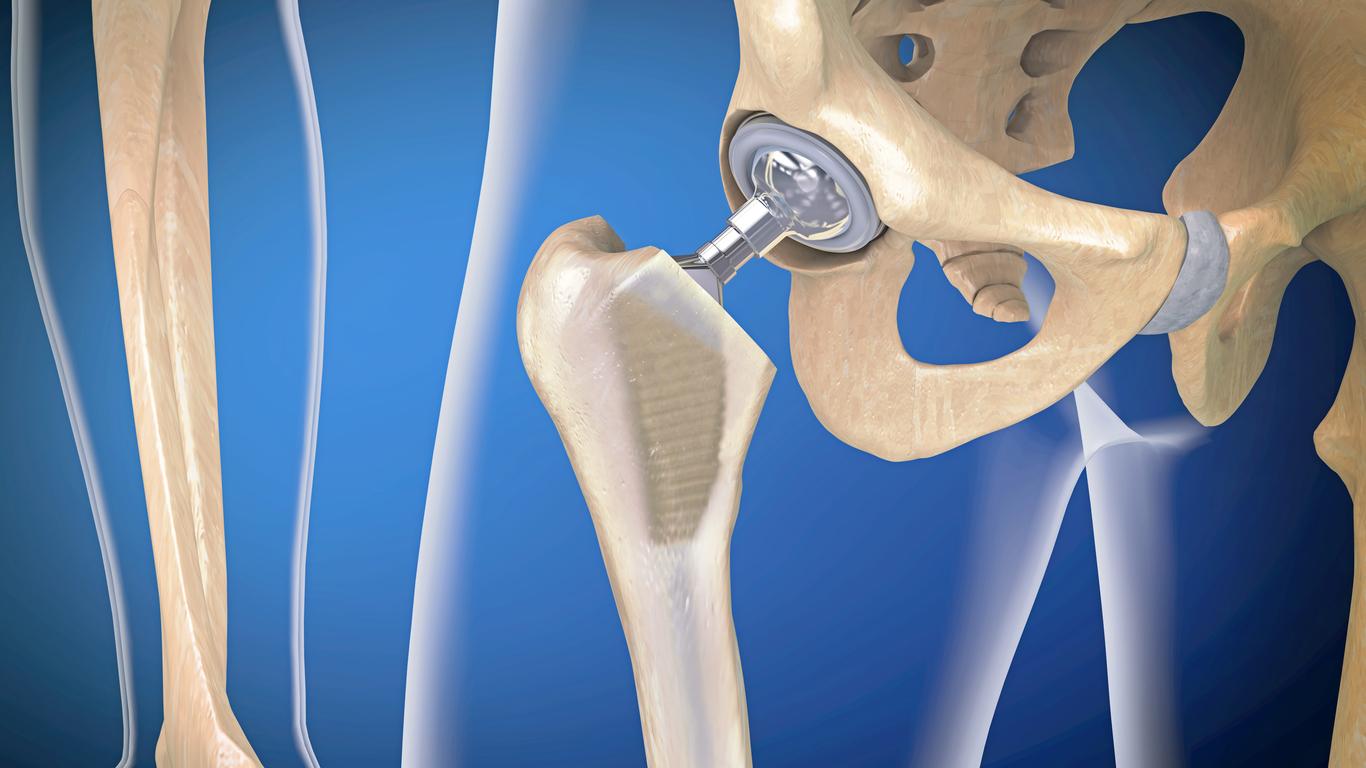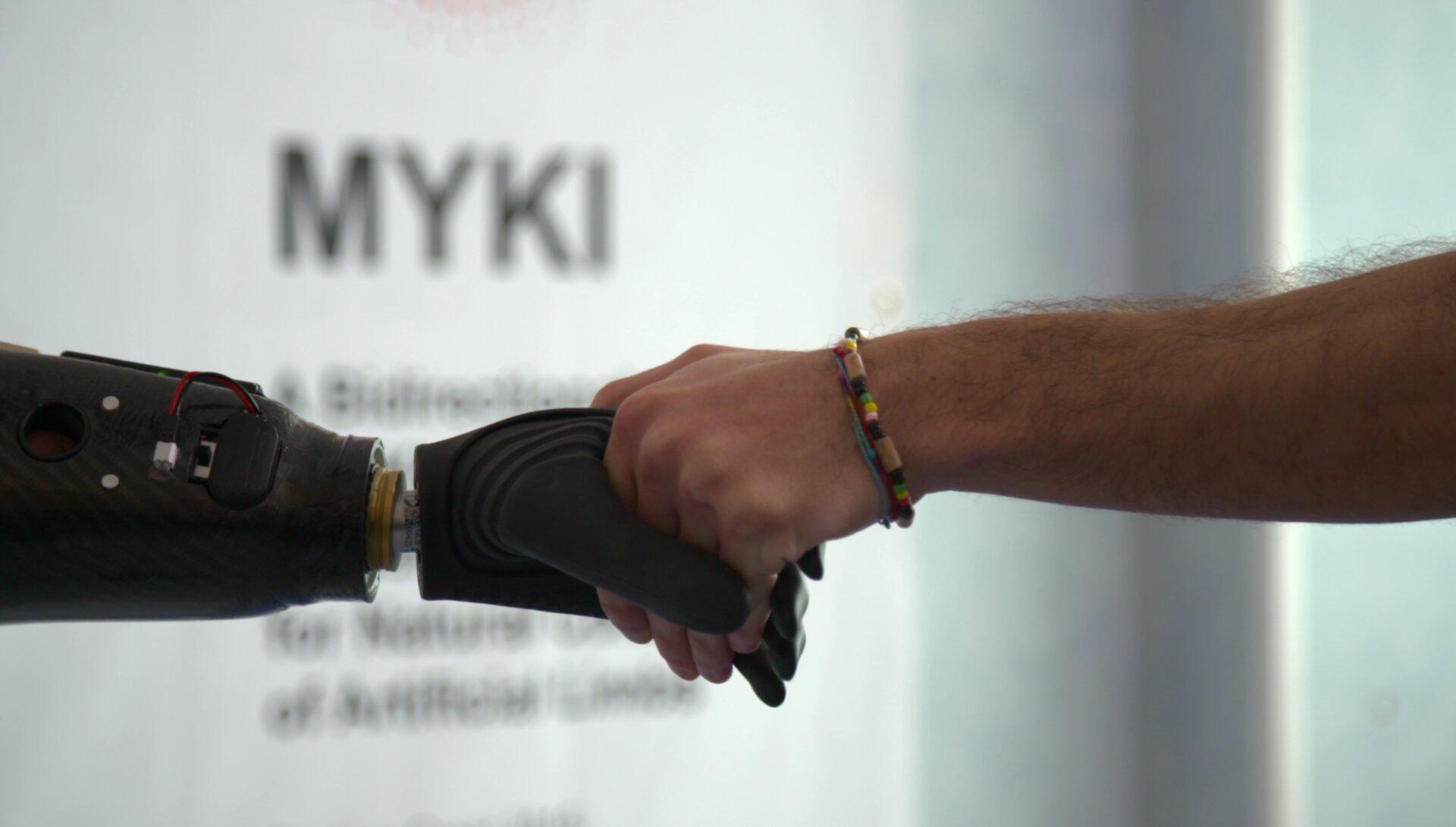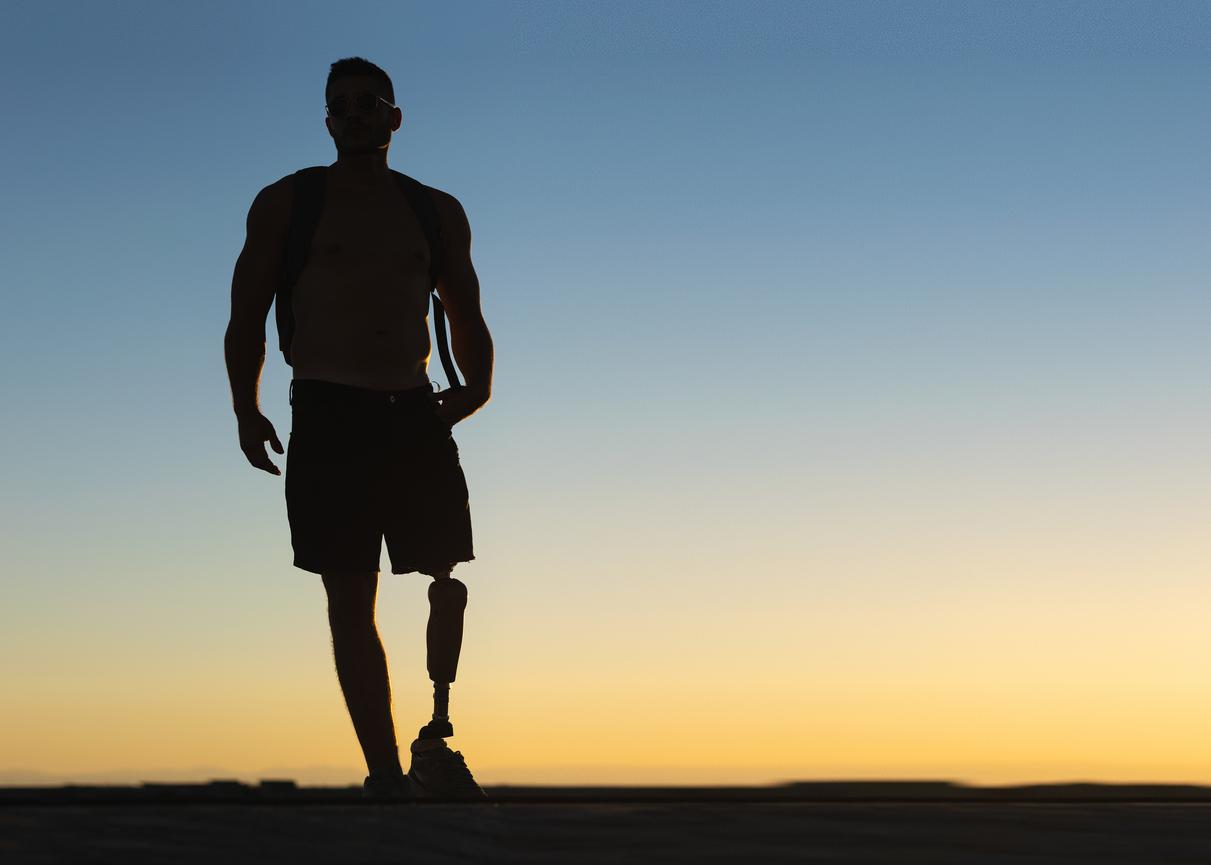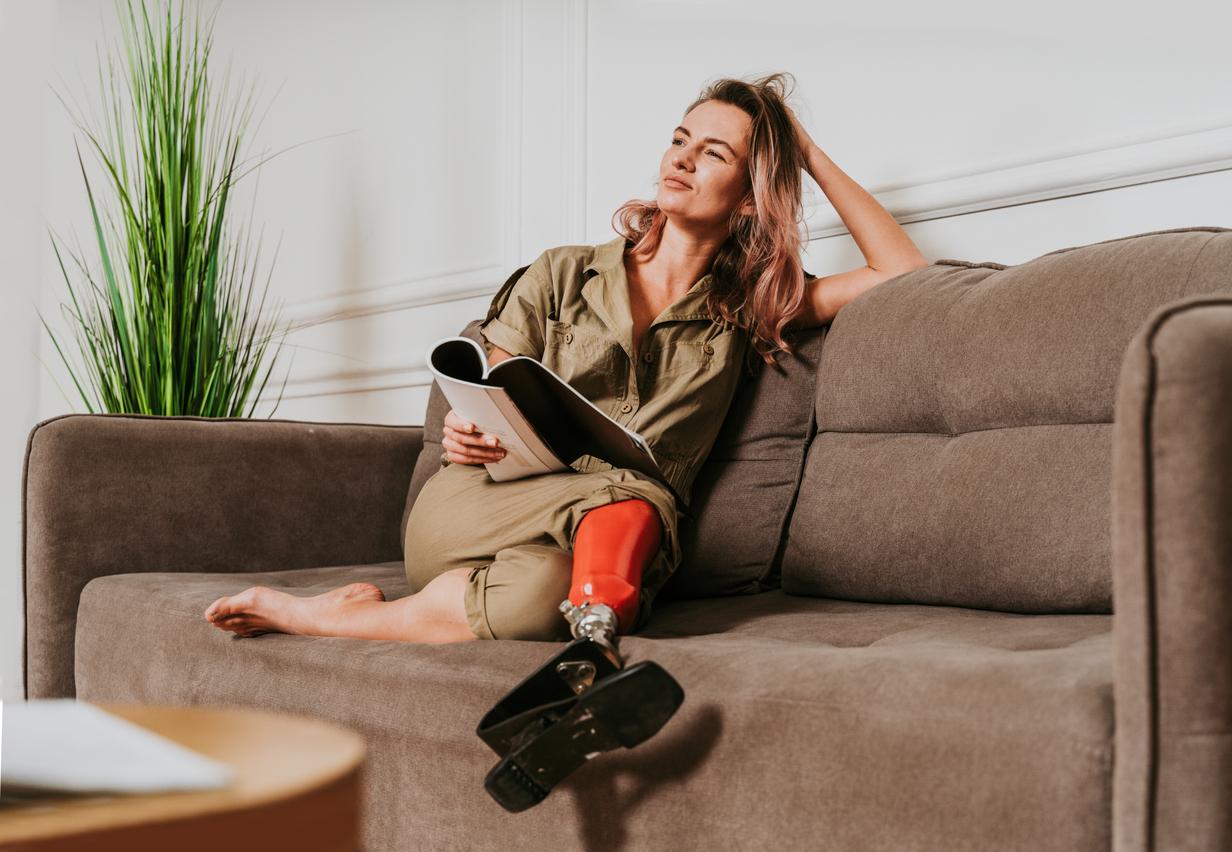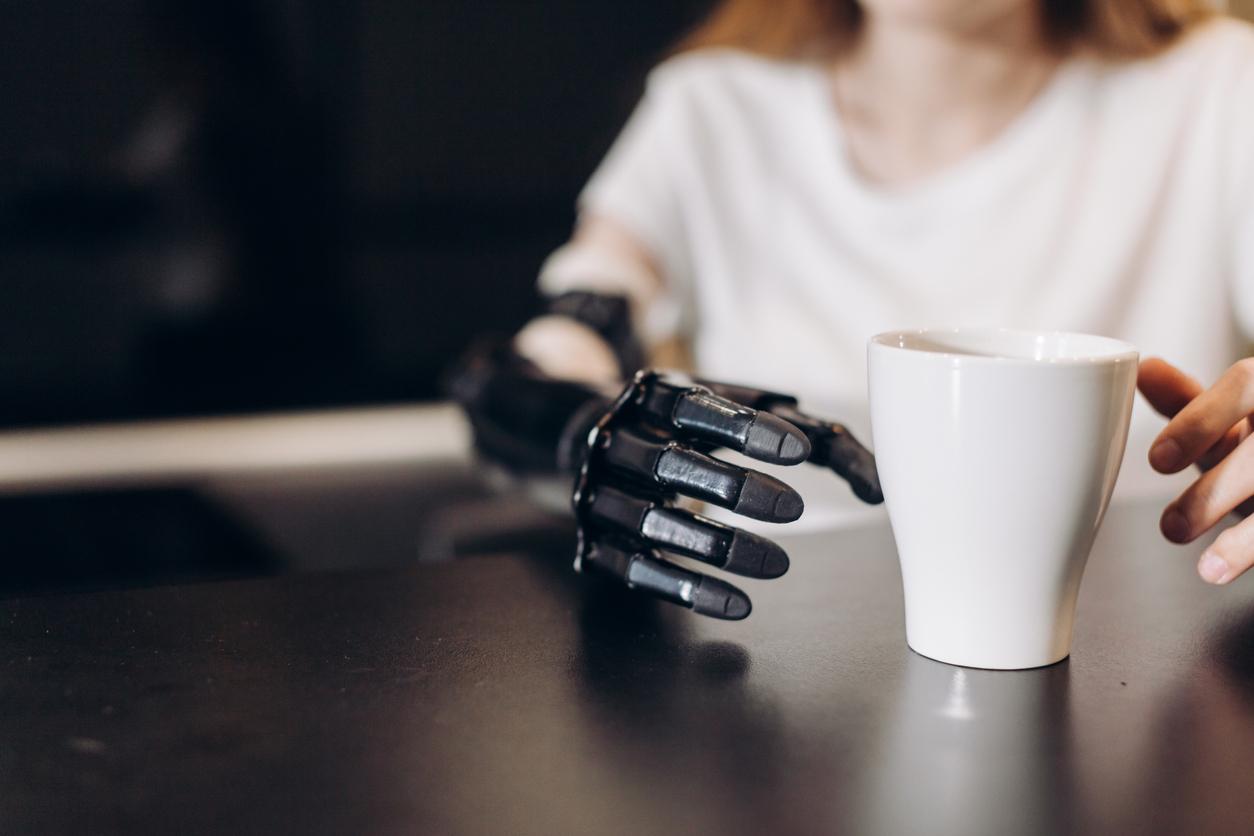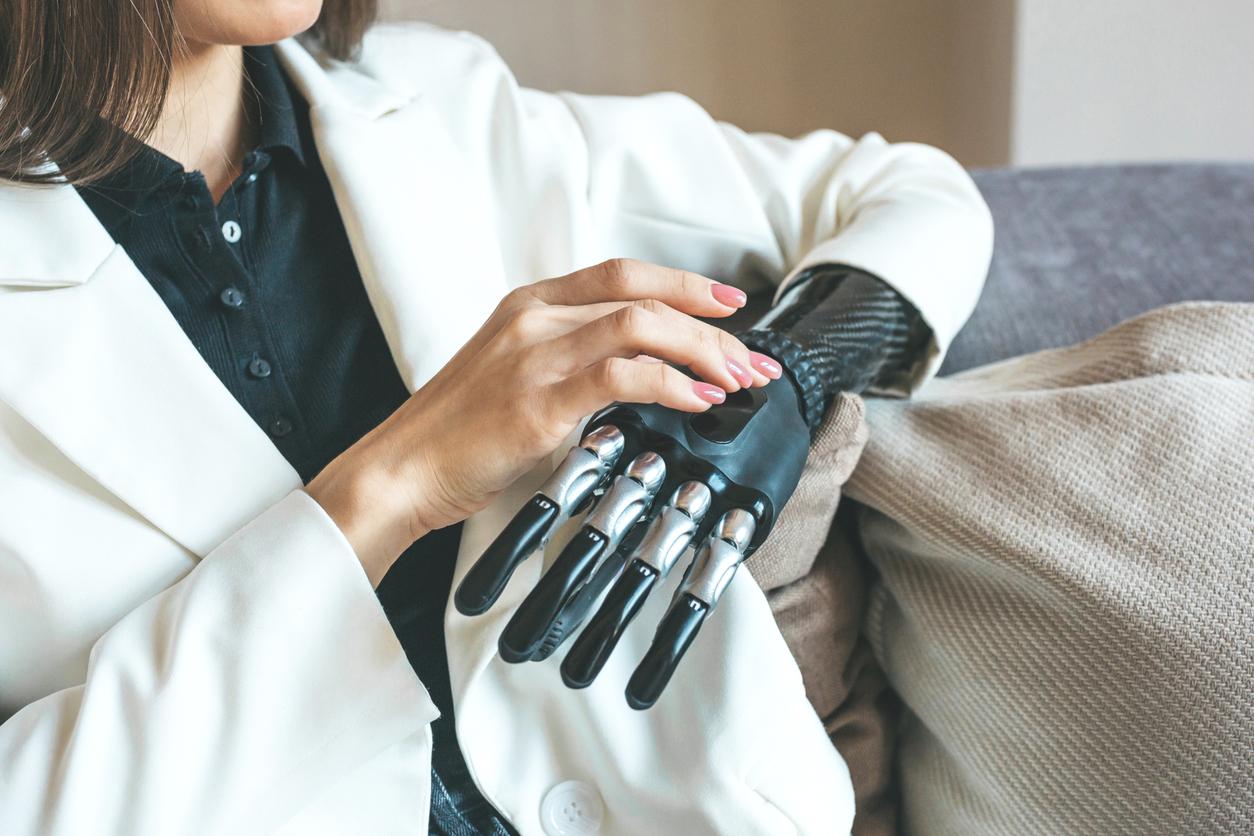Toulouse University Hospital has performed the world’s first tailor-made trachea transplant. It is carried out using scans of the patient.

Another world first to be credited to the Toulouse University Hospital (Haute-Garonne) account. The hospital center performed the first tailor-made trachea transplant. Produced in partnership with the start-up AnatomikModeling, the prosthesis is adapted to the patient’s anatomy. It therefore provides an alternative to standard devices, which can cause complications.
This first is the subject of a publication in theAmerican Journal of Respiratory and Critical Care Medicine. The team behind the transplant details the care of a patient whose airways have narrowed following a lung transplant. This is, in fact, one of the many causes of tracheal stenosis. “To date, we have included 4 patients out of the 10 that are provided for in the protocol”, specifies Dr. Christophe Hermant, co-author of the study contacted by Why actor.
As part of a phase I clinical trial, the patient received a custom-made prosthesis. For this, the doctors carried out a scanner, from which a 3D model of the respiratory tract was produced. Then the Toulouse start-up made a mold adapted to the anatomy of the volunteer. It made it possible to create a unique model, based on a medical silicone elastomer, which was implanted at the CHU.
Constant progress
75 days after implantation, the patient is doing well. Immediately after surgery, he reported improvement in several symptoms of the stenosis: breathing difficulties receded, his quality of life improved markedly; the researchers also report an increase in respiratory flow. But the main objective of this study is to assess the feasibility of the technique, and its safety. As part of the follow-up, the team will also “determine the incidence of migratory, obstructive and other complications after treatment of complex malacic airway strictures”, explains Dr Hermant.
If these advances are confirmed in several patients, a new avenue is opening up in trachea transplantation. Because since the first intervention, carried out in 1979, progress has accumulated. Organs taken from animals that are anatomically similar – such as pigs -, medicine has gradually succeeded in reducing the burden of care. Artificial tracheae, made from the patient’s skin and cartilage, are produced, as well as synthetic forms of biocompatible plastic. All with the aim of avoiding rejections and associated drugs.
The question of cost still remains unanswered. “Knowing that this is a custom-made prosthesis for a given patient, the cost will inevitably be more expensive than standard prostheses”, indicates Christophe Hermant.
.







